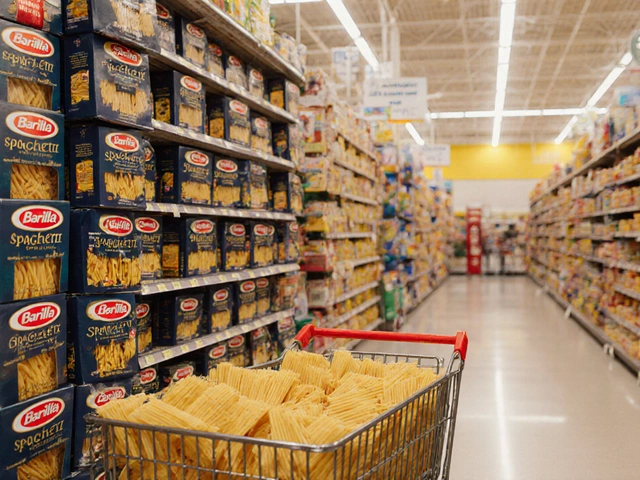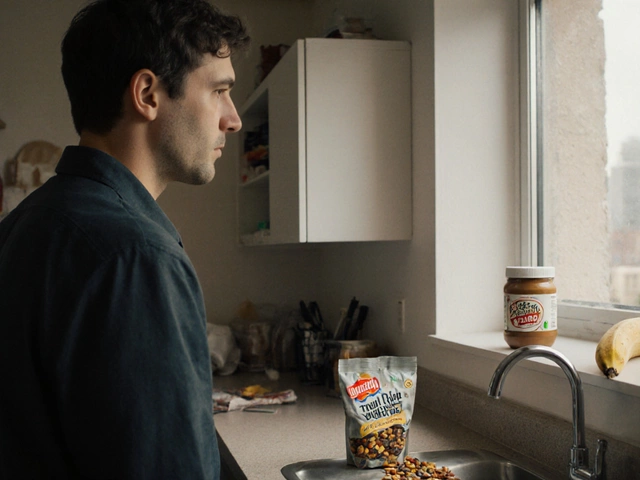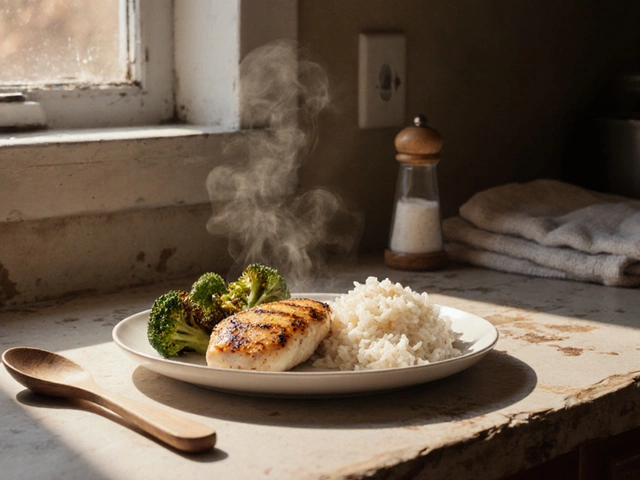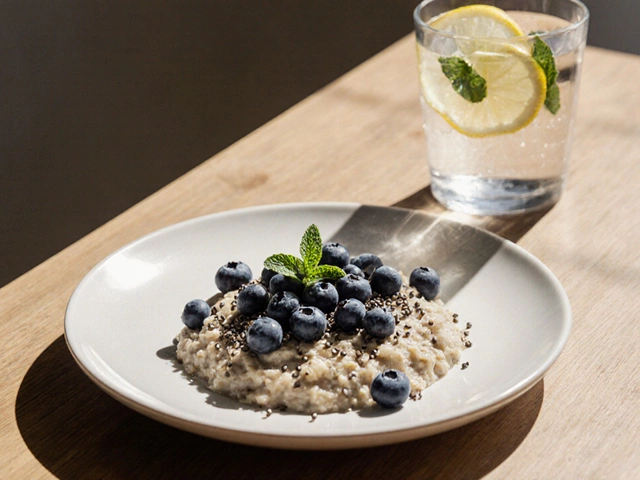Slow Cooker Electricity Use – What You Need to Know
If you love set‑and‑forget meals, you’ve probably wondered how much the slow cooker is adding to your electricity bill. The answer isn’t a mystery – it’s all about watts, run‑time, and the way you use the appliance. In this guide, I’ll break down the numbers, show you where most of the energy goes, and give you simple tricks to keep the cost low without sacrificing flavor.
What Determines a Slow Cooker’s Power Draw?
First off, slow cookers come in a range of sizes and heating elements. A typical 4‑quart model runs at about 150‑200 watts on the low setting and 250‑300 watts on high. That’s roughly the same as a bright LED bulb, but because the cooker can run for 8‑10 hours, the total kilowatt‑hours (kWh) add up.
Two factors matter most: wattage and run‑time. A 250‑watt unit on low for 10 hours uses 2.5 kWh (250 W × 10 h ÷ 1000). If your local rate is £0.20 per kWh, that’s just 50 p for a full day of cooking – surprisingly cheap compared to the oven.
Size also plays a role. Bigger pots need more heat to reach the same temperature, so a 6‑quart cooker might draw 30‑40% more power. The good news? Most of the energy goes into keeping the food warm, not constantly heating it up. Modern models use insulated walls and “keep‑warm” cycles that lower the draw after the initial cooking phase.
Practical Ways to Reduce Your Slow Cooker’s Energy Use
Now that you know the basics, here are a few quick wins to shave off extra watts:
- Start on high, finish on low. Bring the broth to a boil quickly, then switch to low for the bulk of the time. This cuts the high‑heat duration, saving a few hundred watts.
- Don’t overfill. A full pot takes longer to heat than a half‑full one. Keep the cooker between half and two‑thirds full for optimal efficiency.
- Use the lid. Leaving the lid on traps steam, so the cooker needs less energy to maintain temperature. If you need to check the food, lift the lid quickly and put it back.
- Pre‑heat the ingredients. Toss in warm broth or room‑temperature veggies instead of straight‑from‑fridge items. The cooker won’t have to spend extra energy raising the temperature.
- Choose the right size. If you’re only cooking for two, a 2‑quart unit uses less power than a giant 8‑quart model even on the same setting.
Another tip many overlook: turn the cooker off a few minutes before you’re ready to eat. The residual heat will finish cooking the dish, and the “keep‑warm” mode uses just a fraction of the regular setting.
Finally, consider the time of day. Some energy providers charge lower rates during off‑peak hours (usually after 10 pm). If your schedule allows, start the cooker late at night and have dinner ready by morning.
Bottom line? A slow cooker is already one of the most energy‑friendly kitchen tools, but by tweaking settings, portion sizes, and timing, you can make it even cheaper. So go ahead, set it, forget it, and enjoy a warm, tasty meal without shocking your electricity bill.
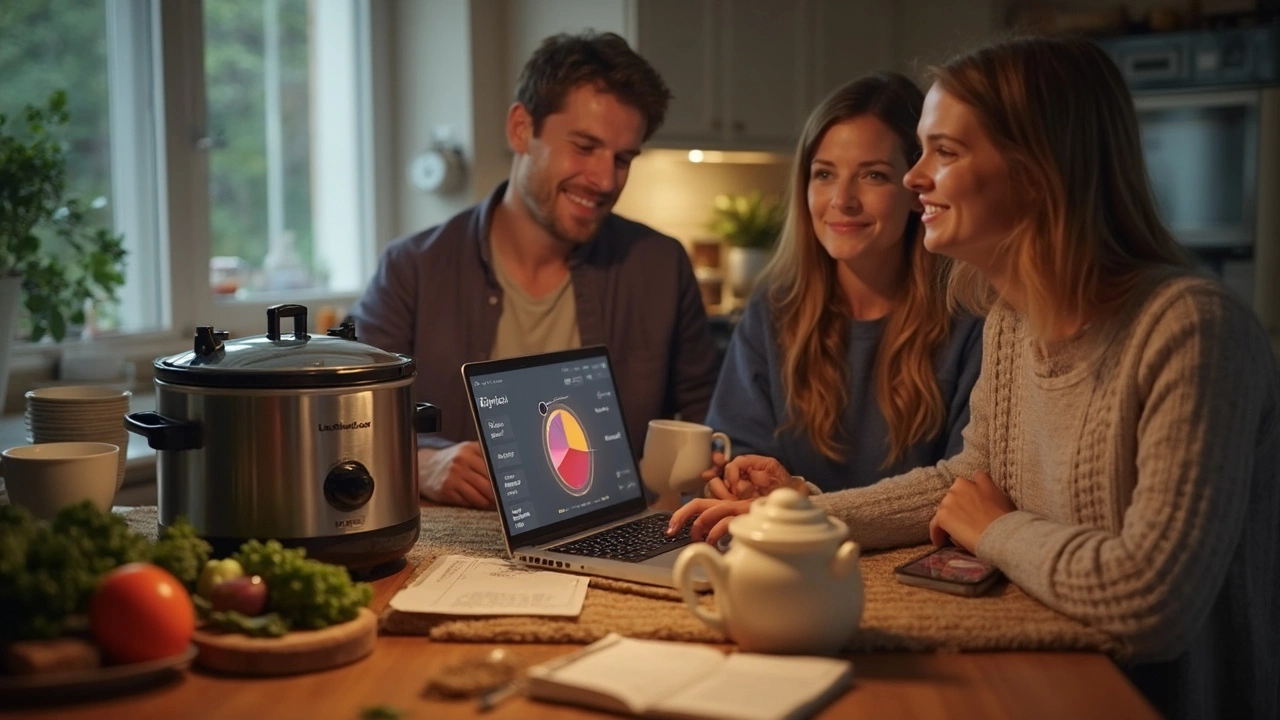
Do Slow Cookers Use a Lot of Electricity? Surprising Savings Explained
by Landon Weathers / 21 May 2025Ever wondered if your slow cooker is secretly running up your electric bill? This article breaks down exactly how much electricity slow cookers use and compares them to other kitchen appliances. You'll get real numbers, money-saving tips, and find out if these kitchen workhorses deserve their budget-friendly reputation. Discover how smart cooking can actually put more money back in your pocket. Get ready for practical advice you can use tonight.
